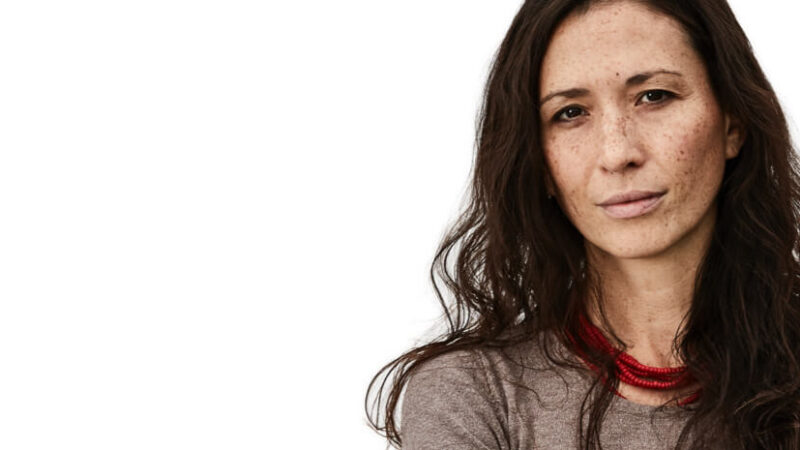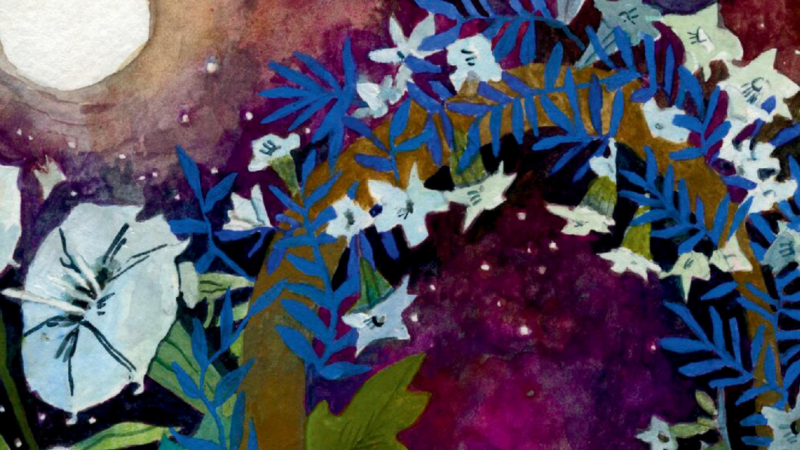-
E117: The Real Work: Letting Go from Within
Michael Singer — October 2, 2025
True spirituality isn’t about mystical experiences or lofty ideals—it’s about honestly facing...
-
Once More: Reflections on Reincarnation and the Gap Between Lives
Tami Simon — September 26, 2025
In this special reflection episode of Insights at the Edge host Tami Simon looks back on her...
-
Honey Tasting Meditation: Build Your Relationship with Sweetness
There is a saying that goes “hurt people hurt people.” I believe this to be true. We have been...
Written by:
Amy Burtaine, Michelle Cassandra Johnson
-
Many Voices, One Journey
The Sounds True Blog
Insights, reflections, and practices from Sounds True teachers, authors, staff, and more. Have a look—to find some inspiration and wisdom for uplifting your day.
Standing Together, and Stepping Up
Written By:
Tami Simon -
The Michael Singer Podcast
Your Highest Intention: Self-Realization
Michael Singer discusses intention—"perhaps the deepest thing we can talk about"—and the path to self-realization.
This Week:
E116: Doing the Best You Can: The Path to Liberation -
Many Voices, One Journey
The Sounds True Blog
Insights, reflections, and practices from Sounds True teachers, authors, staff, and more. Have a look—to find some inspiration and wisdom for uplifting your day.
Take Your Inner Child on Playdates
Written By:
Megan Sherer
600 Podcasts and Counting...
Subscribe to Insights at the Edge to hear all of Tami's interviews (transcripts available, too!), featuring Eckhart Tolle, Caroline Myss, Tara Brach, Jack Kornfield, Adyashanti, and many more.
Most Recent
Erin Yu-Juin McMorrow, PhD: A Regenerative Conversatio...
Dr. Erin Yu-Juin McMorrow is a certified yoga teacher, craniosacral therapist, and entrepreneur who holds a doctorate in policy planning and development from the University of Southern California. She studied political and social thought at the University of Virginia and served as the director of housing policy with the Los Angeles Coalition to End Hunger and Homelessness. With Sounds True, Dr. McMorrow has published the book Grounded: A Fierce, Feminine Guide to Connecting with the Soil and Healing from the Ground Up. In this podcast, Sounds True founder Tami Simon speaks with Erin about regenerative agriculture and the connection between healing the soil and healing our souls, understanding climate change and the carbon cycle, honoring the divine feminine, the practice of “putting your feet on the earth,” growing your own food as an act of revolution, and more.
Setting Intentions to Clear the Mind
Clear Your Mind
Do you ever feel like your brain might burst? Right this minute, my mind is simultaneously processing way too many thoughts:
Need to walk the dogs.
Text my friend back.
Tomorrow’s physics final.
College applications.
Need to make lunch.
What time do I have to wake up tomorrow?
It seems as though my mind is always on overload. But I’m not actually getting anything done. Why is this?
It’s because our brains aren’t meant to hold this much information. Science shows that we can only store a maximum of three or four things at once in our conscious mind, also known as our “working memory.” When we hold on to more than this, our brains become like messy rooms—cluttered and full of junk, so we can’t find anything. No wonder I feel so overwhelmed and disorganized.
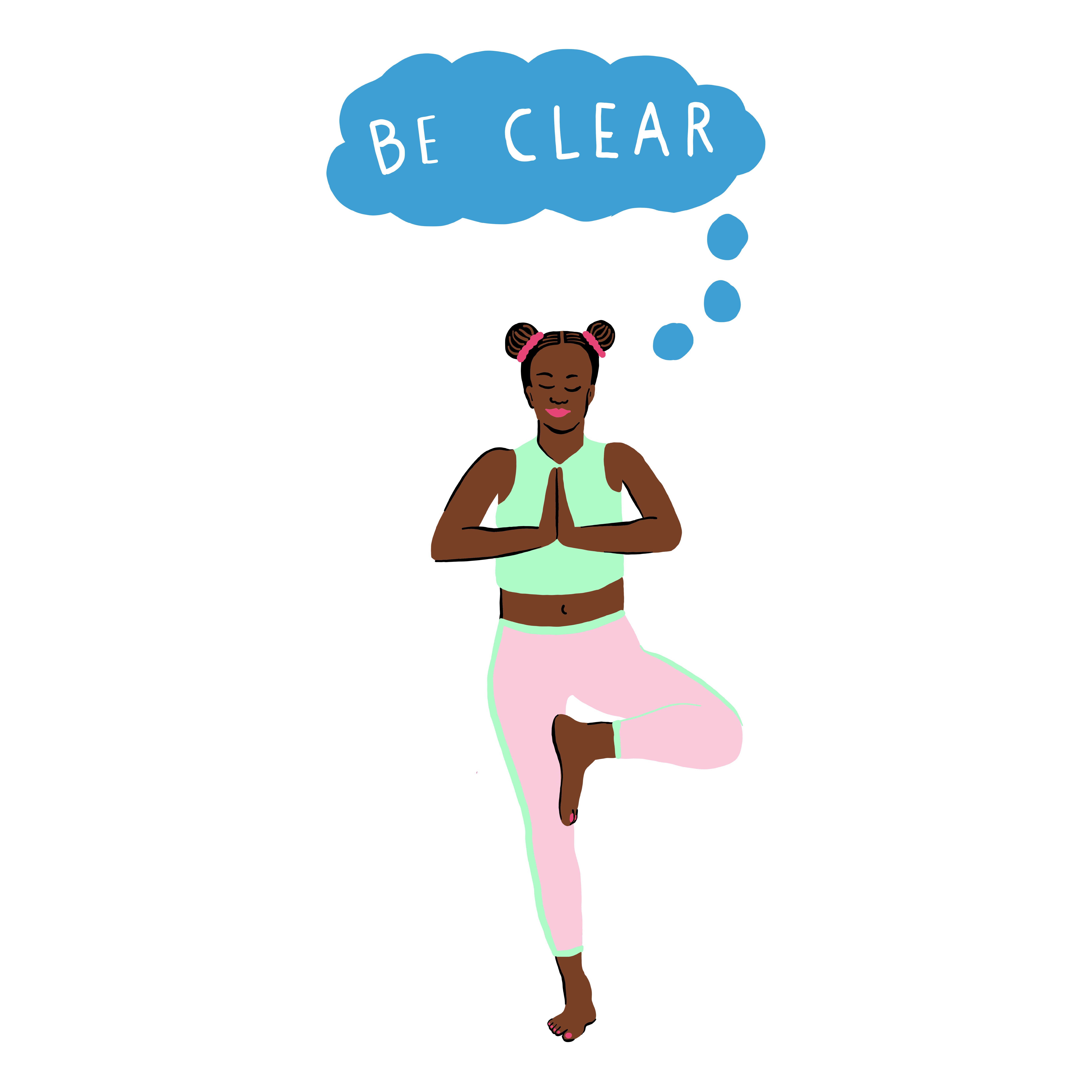
I Intend
Another way we can be clear is by setting intentions each morning. Intentions are state- ments for how we would like to go about our day. Unlike a goal, an intention doesn’t require any steps to reach a certain objective. It’s simply a way to be.
Intentions work like magic. They affect our behavior, how our day goes, and even what things “happen” to us. Here’s how to get started:
- Make your intentions at a set time each day, such as right after waking up. Take a deep breath. Notice how you feel. Do you have pain anywhere in your body? What is the first thought that pops into your mind? Is your brain racing with stress or worry? Pay attention to all of it.
- Ask yourself, What do I want to bring into this day? Breathe and listen to your body’s answer.
- Roll over, grab a pen and notebook, and write down three intentions for the day. Be sure to state them all in the affirmative. (For example, “I will practice forgiveness” rather than “I will not hold a grudge.”) Here is a sample:
I will be patient with myself.
I will listen intently to others.
I will speak out of kindness.
- Read over your list. Let your intentions seep in. It might help to read them out loud. When you feel satisfied, seal the practice with another deep breath. Throughout your day, whenever you feel yourself becoming overwhelmed or stressed, think back to those statements.
This is an excerpt from the chapter “Be Clear” from Whole Girl: Live Vibrantly, Love Your Entire Self, and Make Friends with Food by Sadie Radinsky.
 Sadie Radinsky is a 19-year-old blogger and recipe creator. For over six years, she has touched the lives of girls and women worldwide with her award-winning website, wholegirl.com, where she shares paleo treat recipes and advice for living an empowered life. She has published articles and recipes in national magazines and other platforms, including Paleo, Shape, Justine, mindbodygreen, and The Primal Kitchen Cookbook. She lives in the mountains of Los Angeles. For more, visit wholegirl.com.
Sadie Radinsky is a 19-year-old blogger and recipe creator. For over six years, she has touched the lives of girls and women worldwide with her award-winning website, wholegirl.com, where she shares paleo treat recipes and advice for living an empowered life. She has published articles and recipes in national magazines and other platforms, including Paleo, Shape, Justine, mindbodygreen, and The Primal Kitchen Cookbook. She lives in the mountains of Los Angeles. For more, visit wholegirl.com.
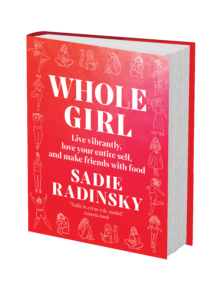 Sounds True | Amazon | Barnes & Noble | Bookshop | Indiebound
Sounds True | Amazon | Barnes & Noble | Bookshop | Indiebound
Planting a Moon Garden
What does the moon have to do with flower essences and ritual? As we discussed in an earlier chapter, the moon represents a time before the dominant culture came into power. While the moon has no gender, it is a metaphor for the divine feminine and a symbol for the creative, the intuitive, the unconscious, and the shadow. Before the Gregorian calendar came into use in the sixteenth century, many cycles of time were measured on a lunar basis, as are the Islamic, Chinese, and Jewish calendars today. All ancient agriculture was organized around lunar and astrological transits, which is one of the basic practices of biodynamic farming today. Many of us feel a fascination with the moon, and I feel it beckons us back to a different consciousness, where much healing potential awaits.
Creating altars or sacred spaces outdoors can be another place for ritual work. While I can’t have a moon garden in the city, I can have a few lunar plants in my windowsill to catch the moonlight.
Not all flowers bloom in the sunlight. Some plants prefer the darkness, opening to the night. Moon plants can be cultivated in any terrain. Many night bloomers are also very fragrant. I consider all plants medicinal to some degree; however, some of the moon garden plants may be more therapeutic than others. These can also be plants that you use for making your own flower essences. Or, if you like to make dried sticks of herbs to burn, you can use the plants from your moon garden, such as mugwort.
You can see the lunar signature of mugwort by observing the underside of the leaf, which is silver. The Latin name for it is Artemisia vulgaris; Artemis, if you remember, was the Greek goddess of the moon! Plants with light and white blooms work best, as well as gray and silvery leaves.
Here are some perfect moon garden plants:

The video on how to make your own flower essence medicine can be found here.
This is an excerpt from The Bloom Book: A Flower Essence Guide to Cosmic Balance by Heidi Smith.
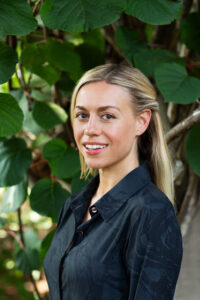 Heidi Smith, MA, RH (AHG), is a psychosomatic therapist, registered herbalist, and flower essence practitioner. Within her private practice, Moon & Bloom, Heidi works collaboratively with her clients to empower greater balance, actualization, and soul-level healing within themselves. She is passionate about engaging both the spiritual and scientific dimensions of the plant kingdom, and sees plant medicine and ritual as radical ways to promote individual, collective, and planetary healing. She lives in Brooklyn, New York, with her partner and two cats. For more, visit moonandbloom.com.
Heidi Smith, MA, RH (AHG), is a psychosomatic therapist, registered herbalist, and flower essence practitioner. Within her private practice, Moon & Bloom, Heidi works collaboratively with her clients to empower greater balance, actualization, and soul-level healing within themselves. She is passionate about engaging both the spiritual and scientific dimensions of the plant kingdom, and sees plant medicine and ritual as radical ways to promote individual, collective, and planetary healing. She lives in Brooklyn, New York, with her partner and two cats. For more, visit moonandbloom.com.
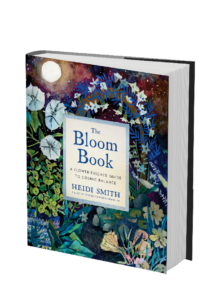
Learn More
Sounds True | Amazon | Barnes & Noble | Bookshop
Customer Favorites
Sadhguru Jaggi Vasudev: The Immensity of “I Don’t ...
Sadhguru is a yogi and mystic who created the Isha Foundation, a nonprofit organization devoted to exploring the outer limits of human potential. Belonging to no specific tradition, Sadhguru has taught at many international gatherings, including the United Nations and World Economic Forum. With Sounds True, Sadhguru has created an audiobook version of his New York Times bestseller Inner Engineering. In this episode of Insights at the Edge, Tami Simon speaks with Sadhguru about his teachings, their foundations, and why he considers nonprofit work an expression of his devotion. Sadhguru shares the tale of his awakening experience on the Chamundi Hills outside Mysore, India—specifically of the dimension of memory that opened for him and how this shifted his perspective forever. Finally, Sadhguru and Tami talk about connecting with Adiyogi, the first yogi who is said to have begun the tradition more than 10,000 years ago. (69 minutes)
Priya Parker: Gathering as a Form of Leadership
Priya Parker is an author, strategist, and the founder of Thrive Labs, a company devoted to helping organizations from across the business and nonprofit worlds create intentional and transformative gatherings. Earlier this year, Priya released her first book, The Art of Gathering: How We Meet and Why It Matters. In this episode of Insights at the Edge, Tami Simon speaks with Priya about how we can forge stronger connections and more meaningful experiences through gatherings—whether it’s a birthday party, formal dinner, or impromptu celebration in the park. They discuss America’s current “epidemic of loneliness,” how it is contributing the rise in hate crimes, and what we can do to alleviate it. Tami and Priya talk about the benefits of hosting gatherings with a predetermined purpose, as well as the rejuvenating effects of open, vulnerable conversation. Finally, Priya shares ideas for holding gatherings that are not only memorable, but have deep effects on their participants’ lives afterward. (64 minutes)
Tami’s Takeaway: It takes courage to turn a family, workplace, or social gathering into a transformational experience. You have to be willing to take a risk—the risk of stating your desire for more meaningful connection, the risk of vulnerably sharing from your heart, the risk that some people might feel uncomfortable or “put on the spot.” But meaningful connection and meaningful dialogue is worth the risk! Here Priya shares how to create meaningful gatherings that leave us feeling fulfilled instead of empty, as well as how creating such gatherings is the work of what I would call “an everyday leader”—the type of leader we all can be.
Joseph Marshall III: Wisdom of a Lakota Elder
Joseph M. Marshall III is a teacher, historian, writer, storyteller, and a Lakota craftsman. Joseph’s expansive body of work includes nine nonfiction books, three novels, and numerous essays, stories, and screenplays. With Sounds True, he has produced the audio programs Quiet Thunder and Keep Going, as well as the book The Lakota Way of Strength and Courage. In this episode, Tami talks with Joseph about the inheritance of wisdom he received from his grandparents, the central teachings of the Lakota people, the sense of guilt and shame that many Euro-Americans feel when reflecting on the tragedies of American history, and a story about the power of awareness and looking back. (48 minutes)
